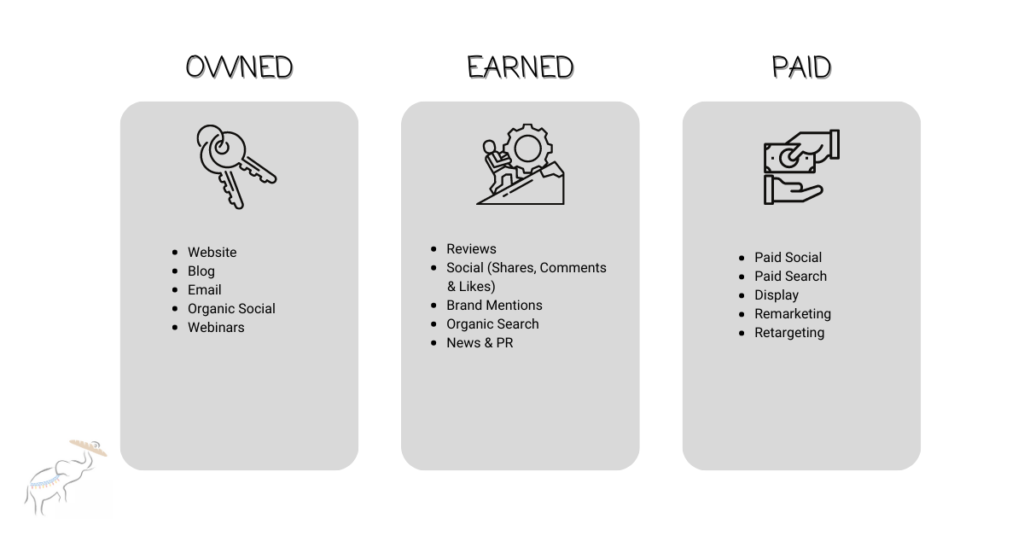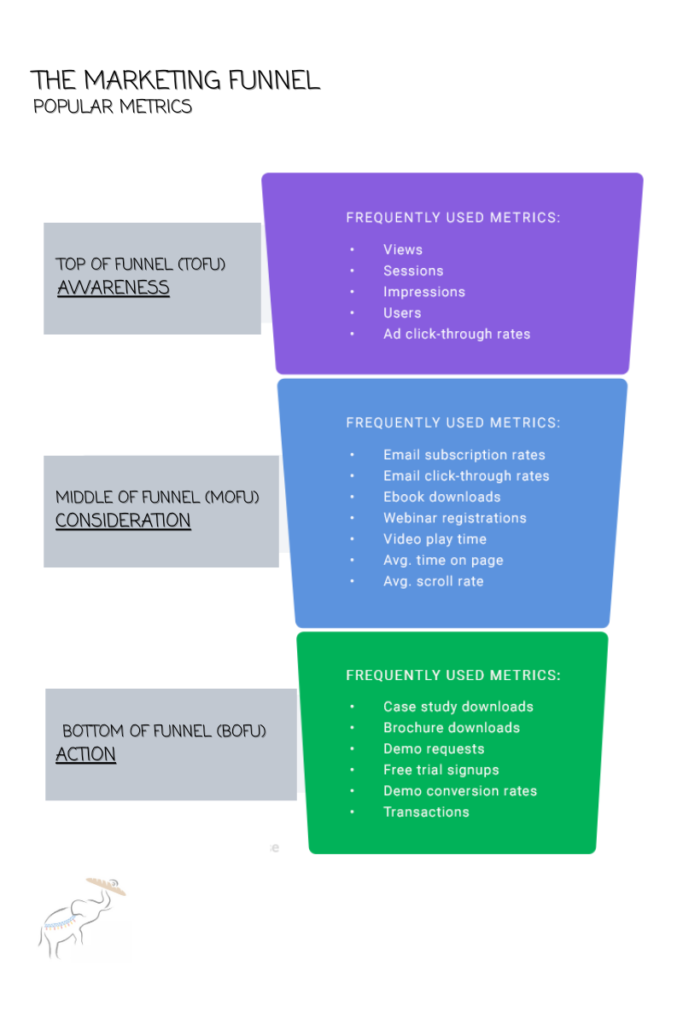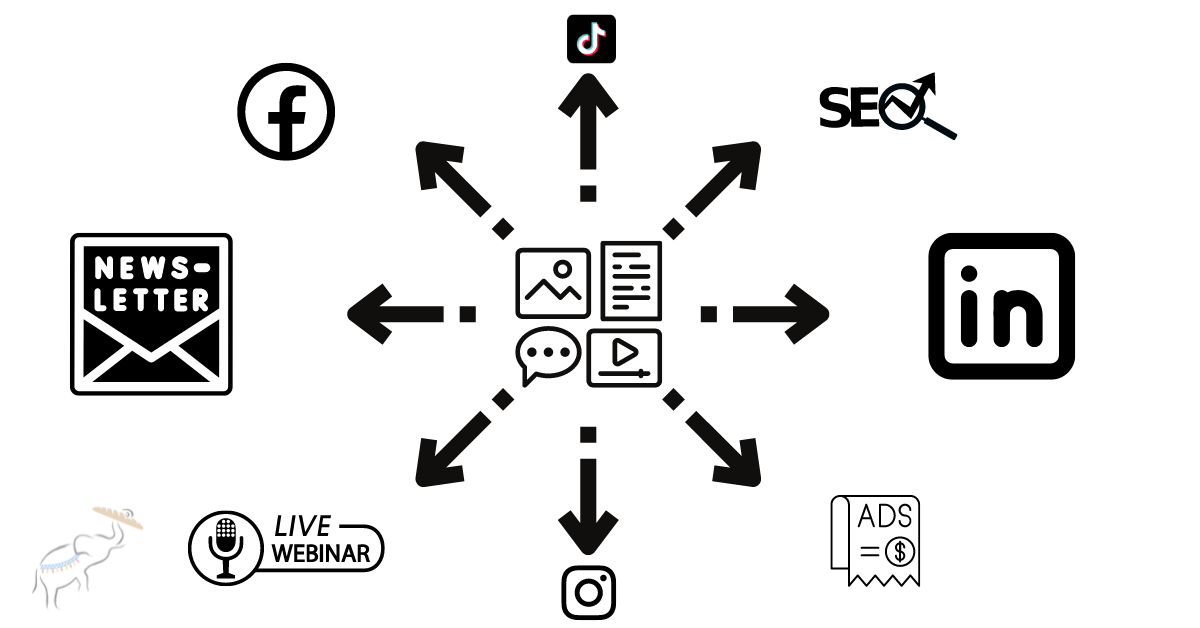Last Updated on January 29, 2025 by Bread and Circuses Team
Whether your business creates products for consumers, for other businesses, or your business is content–your company won’t reach its full potential if it doesn’t have a well-defined content distribution strategy.
Even the most wonderful pieces of content need help finding their own distribution. Interest and virality need to start somewhere, and the competition for attention has never been greater.
Developing an effective content distribution strategy requires a customer-centric approach that is ideally developed in conjunction with the content strategy itself: your content and distribution strategy needs to be joined together at the hip.
You can’t develop an effective distribution strategy without considering content, and you can’t create an effective content strategy without considering distribution. That would be like playing a symphony in the Arctic. Apart from a few penguins, your masterpiece will go unheard.
Luckily, developing an effective content distribution and content strategy follows some of the same tried and true steps:
1-Knowing Your Audience
If you are working in a B2B or B2C business, knowing your audience means knowing your customers. It may seem obvious, but great content and distribution is that which is most relevant to the stakeholders you care about the most. Luckily, there are tried and tested ways to better paint a picture of just who your customers are.
Developing Customer Personas
Customer personas or buyer personas–are fictionalized representations of your different customer groups. They are not based on assumptions but on customer surveys, interviews or data from sources like Google Analytics, Search Console or social analytics and listening tools.
Personas not only provide an overview of customer demographics and psychographics, they also offer insight into their motivations, frustrations and influences. Through the process of building your customer personas, you should also get a sense of the content and marketing messages that resonate, as well as the best platforms to reach them on.
There are a variety of good online resources to help establish customer personas, including customer persona templates and step-by-step walkthroughs. Hubspot’s “Make My Persona” tool is a good example of one of the many tools available, it’s worth looking for a tool that best suits your needs.
Customer personas can take anywhere from a few days to over a week to create, depending on the size of your business and the size of your team. Note that businesses may have several personas to develop as businesses typically have more than one customer group.
Map Your Customer Journey
With customer personas in hand, it becomes easier to map your customer journey. A customer journey map plots all of your company’s touchpoints through stages of the marketing funnel, from awareness to consideration, action and loyalty, and helps you understand what they are thinking and feeling at each stage.
With this information, you can quickly spot points of force or points of friction. Points of force are touchpoints that are positive, build momentum and delight the customer. Points of friction are those points where experiences are mediocre or negative and where you could potentially lose a customer.
There are plenty of resources online to support customer journey mapping if this is a process you would like to initiate internally (you can visit our resource on customer journeys for more information). You should also consider hiring fractional marketing or fractional content marketing support to help you through the process, as outside help with previous customer journey mapping experience can go a long way to making the process effective and efficient.
2-Get Clear on Objectives
Through a mix of company priorities and the gaps and opportunities uncovered in the persona and customer journey work, you should clearly understand where you should focus content and distribution efforts.
You might find that your top-of-funnel content and distribution is inadequate and you simply aren’t building enough raw awareness, or, you may discover that retention is actually the problem and you need to build greater distribution touchpoints with your existing customers. The content and distribution plan that comes next should flow from a clear understanding of your objectives.
3-Create the Right Content
With your customer personas created and customer journeys mapped, you should have all the information necessary to plan effective content and distribution.
Customer journey mapping will bring to light any content and distribution gaps or opportunities along the marketing funnel, making it easier to choose relevant topics and themes for new content and identify content that needs to be updated.
Customer personas will allow you to not only understand customer pain points and help you choose content topics, but they will help inform the tone and voice of the content. After all– the value of the content is not just what you create, but how you create it. You should be speaking directly to the audience you want to address in language that they understand and relate to.
Understanding customer personas and journeys will also help you understand the channels they frequent, which in turn helps define which content formats will likely be most effective. If for example, your customer’s favourite social network is Instagram, it makes sense for some of your content to be ultra short-form video or reels.
4-Choose the Right Distribution Channels

Armed with personas and customer journey maps, you are now able to meet your audience where they are.
Consider a mix of Owned, Earned or Paid channels to distribute content:
Owned channels–are the channels that you “own”, like websites, email newsletters, social accounts and IP you create like webinars. These are channels in which you have the most control over content and UX.
Earned channels–are the audiences you can “earn” through having a great product, content and distribution. These include things like content that gets likes and shares, brand reviews and organic search.
Paid channels–are paid advertising and promotion channels like Paid Social, PPC and Display.
While many recommend using all three, it isn’t always necessary, and it should come down to what makes the most sense. In some cases, you can become more effective in one channel by using another–for instance, you may be better able to plan your organic search strategy by seeing which PPC keywords have the best conversion (or vice versa).
After choosing the right channels, you must narrow your focus to specific platforms. For example, If your customers are most likely to engage on Facebook instead of Tiktok, then your social efforts are likely best focused there. Be open to test on other platforms but leverage the information from the persona and customer journey work to determine which channels and platforms get the most focus.
5-Set Distribution Goals
Once clear on your objectives, content and distribution mix, it’s time to get specific about the KPI’s you will care about and the goals you set around them.
Different KPI’s are more relevant at different stages of the marketing funnel:
Top of Funnel (TOFU): Focus: Traffic and Eyeballs
Users, pageviews, video views, social post views, social post reach, reel views, search impressions search rankings, click through rate (CTR)
Middle of Funnel (MOFU): Engagement and Transitional Actions
Dwell time (on pages and videos), email subscriptions, ebook downloads, scroll depth, webinar registrations, social likes, follows, comments and shares
Bottom of Funnel (BOFU: ) Direct Action
Open rates, free trial sign-ups, demo requests, downloads, transactions

After determining the right mix of KPI’s, set goals that follow the SMART framework (Specific, Measurable, Achievable, Realistic and Time-Bound) and make sure that you have the right tools to benchmark and track them over time.
6-Create a Content Distribution Calendar
The next step is to build your distribution calendar. There are plenty of great tools available to do this, including:
There are also lots of free content distribution calendar templates available online including this template from Hubspot.
One of the key challenges with tools is their usability across various stakeholder groups. Often, distribution and content calendars are integrated with different workflows and various internal teams, executives and freelancers may need access. Make sure to choose a distribution calendar tool that is usable by different stakeholders.
7-Distribute Your Content
With all of your content created and the distribution calendar ready, It’s finally time to execute your plan.
Make sure that your last mile is strong–this means all your on-page SEO, captions for social, invites for webinars, etc. are on point. You have one chance to make a first impression and the devil is in the details.
8-Review Results and be Prepared to Change Your Content Distribution Strategy
As Mike Tyson once said: everyone has a plan until they get punched in the mouth.
An effective content distribution strategy comes not only from a solid plan but also a willingness to adapt when things aren’t working.
Sometimes, the things you think are sure bets are big misses, other times the fringe tests reveal huge opportunities.
Keep an open mind and be willing to change and test new things. The beauty of content distribution online is the possibility of near-instant feedback.
Pitfalls to Avoid When Developing an Effective Distribution Strategy
Failure to Plan
Often, content distribution teams eager to have their content see the light of day will skip the planning step and start posting across as many platforms as possible in hopes that something will stick.
While experimentation is an important part of successful content distribution, it shouldn’t be your starting point.
Instead, follow the steps outlined above–know your customers and have a good idea of the channels, platforms and content that are most likely to reach your desired audience and lead to the business outcomes you are looking for, and set your plan accordingly.
Thinking Incrementally
Intuitively, it feels like the right thing to start slow, find some success and double down when we do, but on certain distribution platforms it doesn’t always work this way in practice. On search and social platforms in particular, we often put ourselves at a disadvantage by working incrementally.
The Google algorithm rewards E-E-A-T (Experience, Expertise, Authority and Trustworthiness) and this means comprehensive, expertly written content that exists within an ecosystem of similar content wins the day. In short, you need to go big.
On Tiktok, it is often better to be publishing several times daily to establish the content that works. The algorithim favours the volume, and you will know which type of content will drive content sooner rather than later.
Conclusion
When creating an effective content distribution strategy, it’s important to take the planning process seriously, do your best to consider content and distribution in the same planning process and be open to changing your approach if goals are not being met.
Most importantly–remember that your greatest chance of success comes from creating your plans with an in-depth knowledge of your most important stakeholders: your customers.
Frequently Asked Questions About Effective Content Distribution Strategies
You balance multiple distribution goals by having a clear order of priority around the goals you’ve set. What are the must-have goals that most directly indicate whether your campaign is a success and is helping you achieve business objectives?
For example, you may have goals around driving qualified leads from content, building brand awareness or establishing thought leadership–while these are all important goals, the question becomes what is most important now. Understanding this will help focus your content distribution activities.

